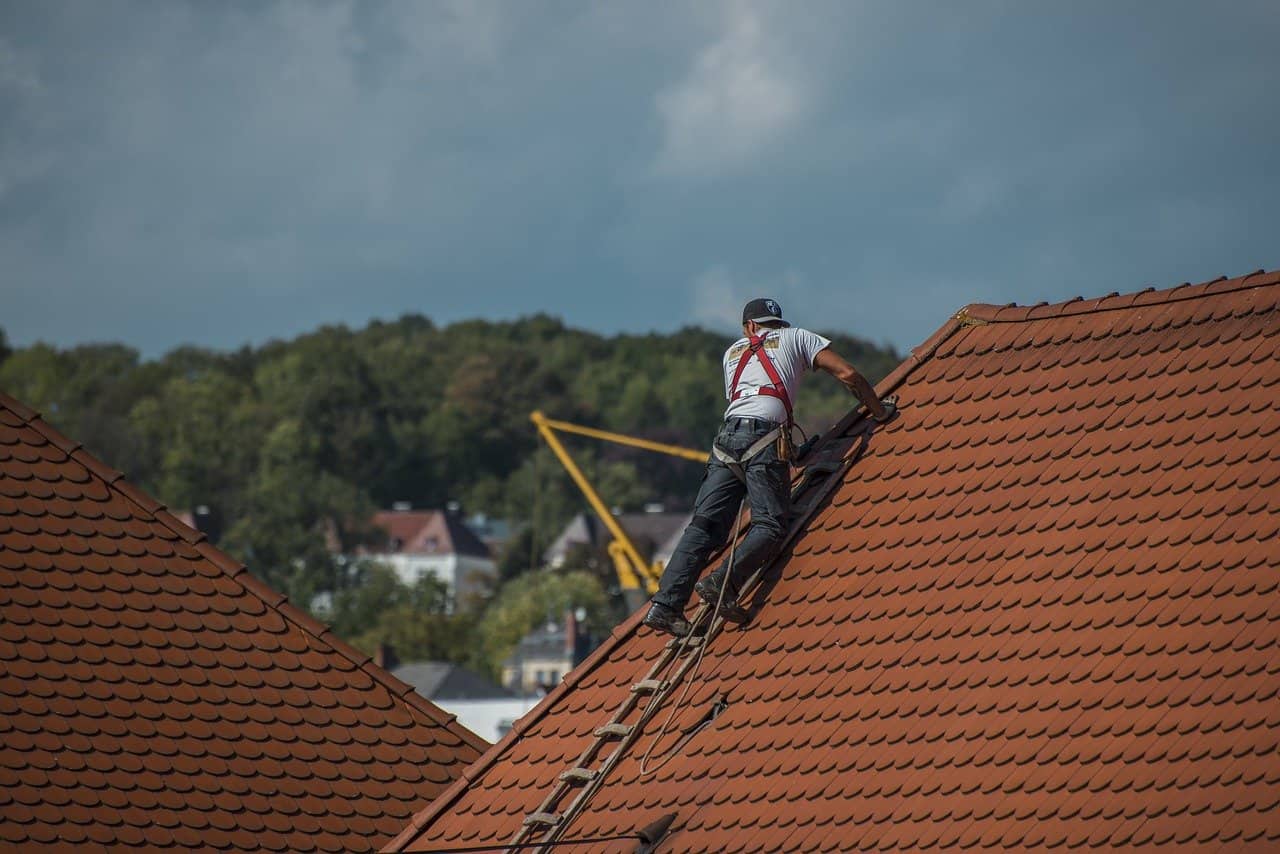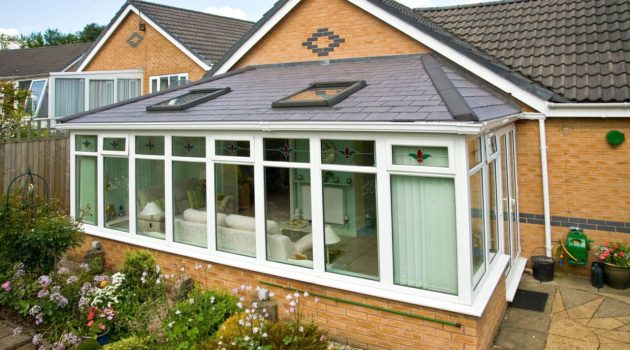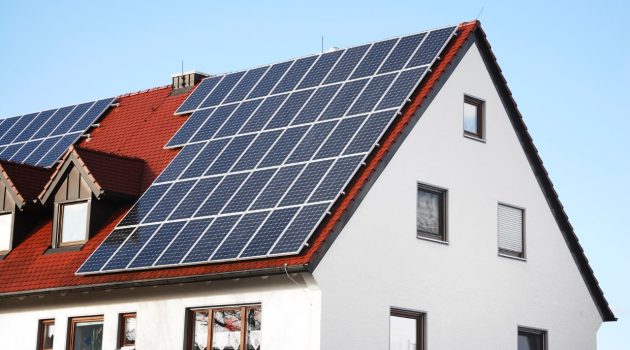Roofs are essential parts of all building constructions. Different buildings need unique types of roofs to match their design functions and aesthetics. Architects and designers play around unique roof styles, shapes, and materials to achieve design goals.
Categories of roofs cover shapes, types, and materials. Here are different types of roofs and how you can use them in architectural designs.
1. Gable Roof
Gable is the most common roof styles in the world. It consists of a horizontal frame and two sloping sides on each side. Gable is favored because it is easy and cost-effective. Gable roofs are ideal for buildings in various regions because they withstand rain and wind.
2. Hip Roof
Another common option in residential roofing, hip roof has sloped panels in all its sides. Some hip roof constructions look like a pyramid, with all the sides meeting on a high point. The self-bracing construction makes a hip roof stronger than a gable roof.
Hip roof is recommended for hurricane-affected regions. However, because of the more complicated structures, hip roof is more difficult to maintain.
3. Gambrel Roof
Gambrel roof is something you will see on 17th and 18th-century buildings, especially in Europe and North America. This roof has four panels, with the highest two forming the top peak. Gambrel roof is popular for dormitories, barns, and farmhouses. The roof’s shape provides a larger space under it. The design is also cost-efficient and easy to construct.
4. Rubber Roofing
Rubber roofing is a cheap, green, and durable option. Rubber roof usually comes in a large sheet, easy to install. The surface is waterproof, perfect for a wet climate area. However, rubber roofing’s aesthetics may be too plain for some. You can find rubber roofing products on Rubber Roofing Direct.
5. Flat Roof
Flat roof is a popular design for Persian, Arabian, and Egyptian houses. The shape is ideal for warm or dry climates. The roof protects the homeowners from heat and sunlight. However, it is not ideal for areas with a lot of rain. You can create a living area, garden, or mini sports court on the roof.
6. Mansard Roof
Mansard roof looks similar to gambrel, but the extra two slopes are installed at the ends of the roof. You can see mansard roof at classic buildings, especially om French Baroque properties. Mansard roof provides additional space under the roof, ideal for building ceiling living space.
7. Skillion Roof
Skillion roof looks similar to shed roof, but it has a steeper slope. The point of the roof looks jutting, making the construction very noticeable. Skillion is everlasting roofing because water, dust, and particles roll off more easily. The construction also makes it tough, able to face extreme elements.
Skillion roof is ideal for contemporary urban homes, galleries, and other small commercial buildings. The shape of the roof will instantly draw eyes.
8. Butterfly Roof
Butterfly roof looks like an inversion of the standard gable roof. The basic design looks like a letter “V” (or butterfly’s wings) when looked from afar. This roof was popular in the 20th century, and many architects love experimenting with this unusual roof shape.
9. Saltbox Roof
Saltbox roof has an additional slope with different height at the rear. This height difference creates a distinctive look. Saltbox roof is ideal for various modern and contemporary houses. You can create a patio under the higher roofing part, making it a cozy area to sit.
10. Curved Roof
Curved roof is not a contemporary design. It appeared in the early 1920s as a solution to maximize storage space in the barns. Curved roof came back in the modern world because of its unusual shape. It has simple construction, perfect for windy areas, and easy to customize.
11. Dome Roof
Based on curve design, dome roof has a high visual impact. It is often used to build worship buildings, but its variation appears in residential houses. This roof is unique, energy-efficient, and offering a great surface for decoration.
12. Pyramid Roof
Pyramid roof is a variation of the hip roof. This roof is popular in modern Victorian houses. Pyramid roof is great for the windy area and comes with its own insulation benefits. It also drains water quickly during rain.
13. Sawtooth Roof
Sawtooth roof looks like a series of ridges when seen from afar. This roof is popular in warehouses and factories because it lets natural light in. Sawtooth roof became more popular in residential houses in the 21st century, thanks to the trend of bringing more natural light in.
14. Bonnet Roof
Bonnet roof is a variation of the gable roof. The edges extend beyond the walls, creating a shaded area like a bonnet. Some bonnet roofs have gentle slopes at the bottom. In modern homes, bonnet roofs are extended farther to create a terrace or patio.
15. Jerkinhead Roof
Jerkinhead is another gable roof variant, but with “clipped” ends. This design is more wind-resistant than the high traditional gable roof.
16. Metal Roofing
Metal roof for houses offers durability and strength. This roof can last for 50 to 100 years with good maintenance. Metal roof is perfect for windy areas, lightweight, and ideal to strengthen the old structure. However, rain droplets create loud sounds on it.
17. Asphalt Shingles
Asphalt shingles are popular types of roofing materials, especially in North America. They are cheap, easy to install, and can reflect sunlight better to reduce heat inside the house. Asphalt is easily damaged by hail and water, so it is not a good long-term solution.
18. Shed Roof
Shed roof is one of the most common roof shapes in contemporary houses. The roof is basically a flat panel that is slightly sloped. The asymmetrical look gives it a modern look, favored for small urban homes. However, the low slope makes it easy for small particles to accumulate.
19. Slate Roof
Slate roof is made of natural stone, which makes it expensive and luxurious. It lasts long and does not catch fire too easily. However, the combination of weight and fragility makes slate roof harder to maintain.
20. Green Roof
Green roof doubles as a planting medium, a rising trend in environmentally conscious architecture. It helps to create insulation, absorbing water, and providing more oxygen in your environment. Green roof can be applied to traditional houses and modern buildings.
Knowing your roofs is important to build an ideal house. Start from these types of roofs to find recommendations.



